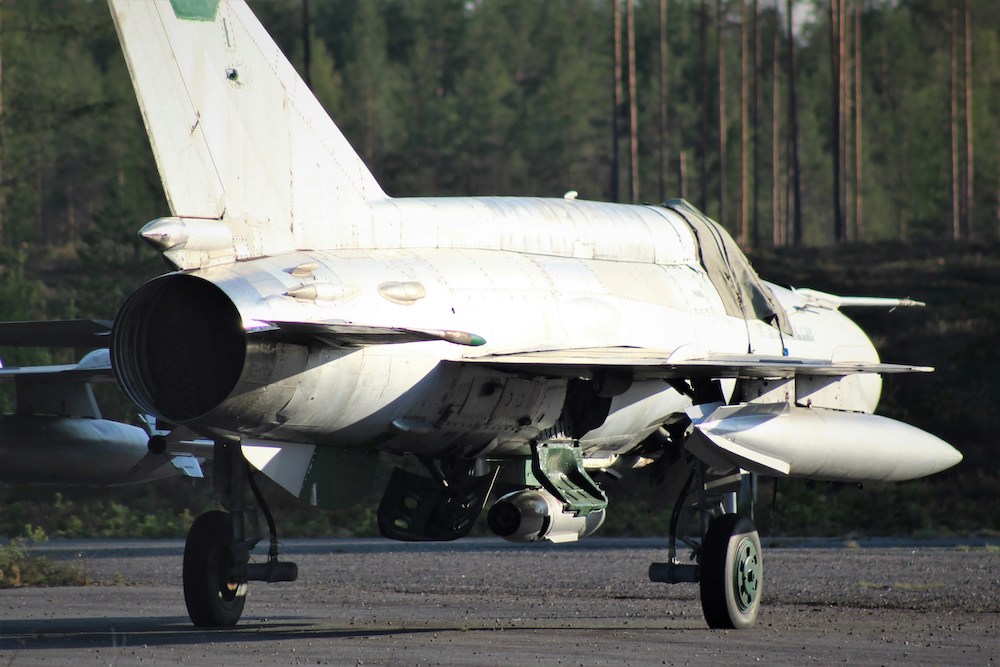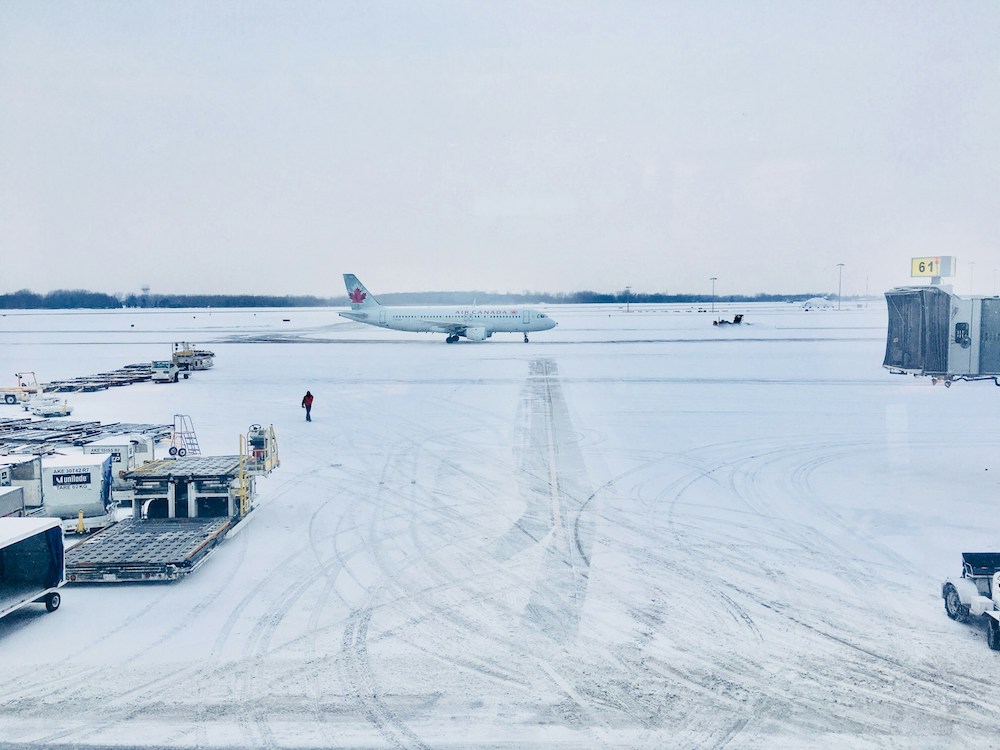
Transportation, in general, produces the most emissions in the United States (U.S.) Furthermore, aviation is one of the most challenging industries to decarbonize, as Scope 3 emissions represent the largest portion of the industry’s total carbon footprint. Thankfully, for airlines, Scope 1 emissions represent the largest portion of their operations and because these emissions are generated from company-owned and controlled sources, they can be more directly addressed.
To better understand how aviation and improve sustainability, it’s helpful to recognize the three categories of carbon emissions:
- Scope 1 emissions are emissions an airline makes directly during operations and from company-owned or controlled sources (e.g., jet fuel, diesel, gasoline).
- Scope 2 emissions are emissions an airline makes indirectly during operations from the consumption of purchased energy (e.g., electricity, heating, cooling).
- Scope 3 emissions are emissions an airline is indirectly responsible for when its products and services are used (e.g., waste generated in operations, purchased goods and services).
Sustainable Aviation Movement
Following the United Nations Climate Change Conference in November of 2021, U.S. regulators and aviation industry members, including airlines, have jointly dedicated their efforts to the U.S. Aviation Climate Action Plan, which set out to achieve net-zero greenhouse gas emissions from the U.S. aviation sector by 2050. To achieve this ambitious goal, U.S. regulators and aviation industry members have come together and mutually committed to:
- Introducing new, more efficient aircraft by airlines into their operational fleets and retiring older, less efficient aircraft.
- Developing new, more energy-efficient aircraft and engine technologies by original equipment manufacturers (OEMs).
- Improving aircraft operations throughout the National Airspace System (NAS) by the U.S. government and by airlines to fly more optimal routes.
- Producing Sustainable Aviation Fuels (SAF) by the energy sector.
- Exploring electric and hybrid propulsion systems as solutions for short-haul aviation.
- Implementing advancements in airport operations across the U.S.
- Joining international climate change initiatives.
- Adjusting domestic policies and measures to help meet emissions targets.
- Supporting research into climate science related to aviation impacts.
As each of these initiatives is vast and far-reaching, this article will primarily discuss the approaches that most directly affect airline operations (i.e., new and more efficient aircraft and engine technologies, NAS improvements, and SAF usage).
Industry-wide Greening Initiatives
Although Scope 1 emissions can be more directly addressed by the airlines, new equipment and technologies still require large initial investments and long lead times. Therefore, the National Aeronautics and Space Administration (NASA) and Federal Aviation Administration (FAA) have partnered through the Sustainable Flight National Partnership (SFNP) to work with aviation industry members to accelerate the development of aircraft and engine technologies, enabling reduction in fuel burn and greenhouse gas emissions beyond what the aviation industry members could do alone.
NASA’s investments under the SFNP include:
- A suite of integrated, large-scale aircraft and propulsion flight and ground technology demonstrations.
- New manufacturing techniques to enable rapid production of such new equipment and technologies.
With these development efforts, the SFNP is meant to set the stage for environmental performance improvements by reducing fuel burn by 25-30% and noise by 10-15 decibels, as compared to today’s best-in-class aircraft.
New and More Efficient Aircraft and Engine Technologies
The evolution of modern, more efficient airframes and engines has historically produced the most significant aviation emissions reductions, maki. Below are some of the latest industry developments designed to mitigate the industry’s environmental impact and push the envelope on sustainable aviation.
Ultra-efficient Wings
The transonic truss-braced wing (TTBW) design is a long, slender wing structurally braced by trusses that also generate lift. The TTBW’s span is about 50% longer than the wing on an equivalent single-aisle airliner, reducing the wing’s lift-induced drag. The slender wing design alone is expected to reduce fuel burn by up to 10%.
Figure 1. Boeing SUGAR Volt Concept Aircraft with Transonic Truss-Braced Wing Design
Small-core Gas Turbines
Evolving and shrinking an aircraft engine’s core can reduce fuel burn by 5-10%, creating a parallel reduction in emissions. The smaller engine core can also produce about four times more power to be extracted from the engine. This is particularly important because future electric and hybrid propulsion systems will require tremendous amounts of power.
Figure 2. Innerworkings of a turbofan engine demonstrating reduction in core size.
Electric and Hybrid Aircraft Propulsion Systems
The Electrification of aircraft propulsion systems can help significantly reduce harmful emissions in the atmosphere and improve aircraft performance through sustainability-focused technologies and vehicle designs. NASA and its industry partners are exploring several different electrical propulsion architectures for electrified aircraft concepts, including an all-electric system configuration, a hybrid electric system configuration, and a turboelectric system configuration.
Figure 3. An Example of an All-Electric Propulsion System
Investment in VTOL
The significant changes to the core designs of major aircraft components will take years to develop, test, and implement. Therefore, with maturing vertical take-off and landing (VTOL) aircraft technology and progression toward promising aircraft certification, investing in VTOLs can address the reduction of emissions in the short run and at the regional and urban level. Once these concepts have been proven effective on a smaller scale, they can be applied to regional and commercial airlines.
Air Traffic Service Improvements
As demand for aviation grows, so does congestion and fuel burn inefficiency. Without continued investment in infrastructure and route-based tools, excess fuel burn per flight will increase and counter other aviation sustainability efforts.
Through the process of transforming relevant aspects of the National Airspace System into quantifiable data, U.S. regulators and aviation industry members can collect, analyze, and use this data to gain insights and make informed decisions. The future vision for air traffic services in the U.S. relies on a fully shared information environment, including:
- Broader data distribution
- Information connectivity
- Delivery of actionable information to decision-makers
- Persistent situational awareness
This approach will allow aircraft operators to regularly fly their preferred, optimal routes, while taking full advantage of weather conditions. To make this an industry reality, the U.S. government’s major operational initiatives include:
- The development of a service-oriented architecture for the future NAS to deliver digitally auto negotiated operational improvements for the entire gate-to-gate flight path domain with consideration of pre- and post-flight events.
- The development of technologies for the identification of the most optimum high-altitude routes for reduced climate impacts accounting for contrail formation.
- The evaluation of enhancements in technology that can support reduced separation between aircraft and improved accommodation of altitude, speed, and route-change requests, thereby providing safety and efficiency benefits in oceanic regions.
Sustainable Aviation Fuels
Sustainable aviation fuel (SAF) is a type of biofuel that uses organic material and biomass (e.g., cooking oil, animal fat, woody biomass) as feedstocks to reduce greenhouse gas emissions. SAF can cut greenhouse gas emissions by up to 80%, as compared to traditional jet fuels. The aviation industry foresees a considerable market for SAF, with many countries introducing SAF policies that mandate respective nations to use SAF as a percentage of total fuel.
The development and deployment of SAF is a key aviation climate priority for U.S. regulators and aviation industry members. As a result, the U.S. government has established a multi-agency SAF effort in research, development, demonstration, deployment, commercialization support, and policy to:
- Reduce the cost of SAF through:
- Driving down the cost of production across the supply chain
- Expanding the feedstock and conversion technology portfolio
- Leveraging and repurposing existing production infrastructure
- Reducing risk to the industry
- Providing incentives for production
- Enhance aviation sustainability of SAF through:
- Maximizing the environmental co-benefits of production
- Demonstrating sustainable production systems
- Developing low land-use change feedstock crops
- Reducing the carbon intensity of SAF supply chains
- Ensuring robust standards that guarantee environmental integrity
- Enabling approvals of higher blend levels of SAF
- Expand SAF supply and end-use through:
- Providing support for regional feedstock and fuel production development and demonstration
- Continuing outreach, extension, and workforce development
- Supporting new infrastructure and commercialization through federal programs
- Supporting the implementation of policies that are enacted for SAF
- Enabling approvals of diverse SAF pathways
- Continuing outreach and coordination with aviation industry end users.
Final Thoughts About Increased Sustainability Within Aviation
The sustainable aviation movement is meant to help U.S. regulators and aviation industry members to:
- Meet ambitious climate goals (i.e., net-zero greenhouse gas emissions from the U.S. aviation sector by 2050)
- Help improve the quality of life for those living near airports and under flight paths through reductions in community noise and pollutants that degrade air quality
- Spur U.S. economic and job growth
Recent natural disasters have also highlighted the need to fix the U.S. aviation infrastructure against the impacts of a changing climate. Unprecedented heat domes and wildfires in the western U.S., record rainfalls in the eastern part of the country, and a wave of hurricanes, severe storms, and impacts on coastal areas where many of the country’s airports are located, necessitated the evacuation of control towers and airports.
As part of the sustainable aviation movement, U.S. regulators and aviation industry members must seek to strengthen the climate resilience of aviation infrastructure across the United States and with partners around the globe.
By Katarzyna Szwed-Carlson
Kasia Szwed-Carlson is an expert in the aviation industry with 15 years of experience working in flight operations management and training leadership roles.



